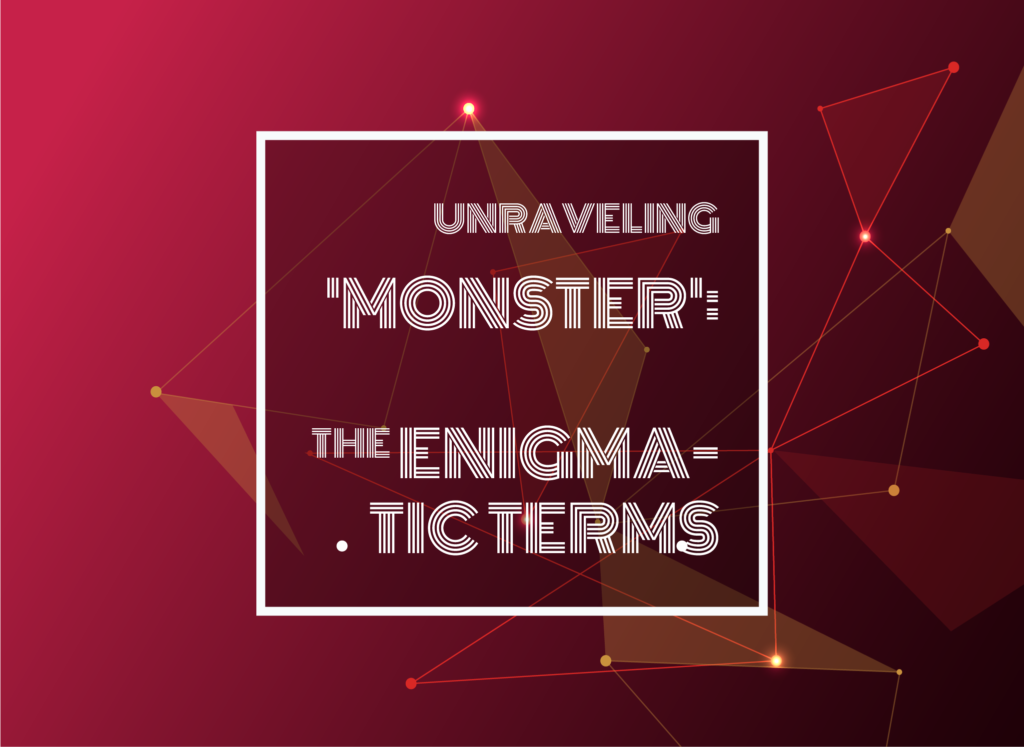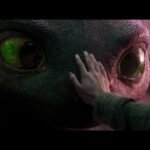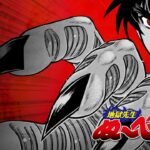In the realm of anime, few series have captivated audiences like ‘Monster’. This psychological thriller, crafted by the brilliant Naoki Urasawa, delves into the darkest facets of human nature, weaving a narrative that’s both intricate and profound. ‘Monster’ isn’t just a story—it’s an exploration of morality, identity, and the very essence of what makes us human.
At the heart of this masterpiece are enigmatic terms and symbols, each carrying layers of significance that enrich the overarching narrative. For both devoted fans and newcomers, grasping these concepts is key to unlocking the deeper meanings embedded within the series. Join us as we unravel these mysteries, shedding light on the pivotal elements that make ‘Monster’ an unforgettable journey.
The Symbolism of ‘The Nameless Monster’
A Story Within the Story
One of the most profound symbols in ‘Monster’ is the haunting picture book titled ‘The Nameless Monster’. Authored by the elusive Franz Bonaparta, this story plays a crucial role in shaping the series’ themes and characters. The tale follows a monster yearning for an identity, leading it to split into two entities in a desperate quest for a name.
Johan’s Connection to the Nameless Monster
The central character, Johan Liebert, is deeply influenced by this allegorical story. As a child, Johan internalizes the monster’s journey, mirroring his own existential struggles throughout ‘Monster’. The narrative of the nameless creature seeking identity parallels Johan’s enigmatic nature and his profound impact on those around him.
Impact on the Narrative
Understanding ‘The Nameless Monster’ enriches our comprehension of Johan’s psyche and the series’ exploration of identity and existence. This symbolic tale underscores the anime’s central themes, making it an indispensable element in deciphering the mysteries of ‘Monster’.
The Duality of ‘Superhuman Steiner’
Grimmer’s Alter Ego
Another intriguing term in ‘Monster’ is ‘Superhuman Steiner’, the hidden persona of Wolfgang Grimmer. Grimmer, usually gentle and affable, unconsciously transforms into this unstoppable force when faced with extreme danger or emotional stress.
Origins and Significance
The name stems from a fictional TV show that Grimmer cherished during his childhood—an era marred by the traumatic experiences at 511 Kinderheim. The show’s protagonist, much like Grimmer, would transform unknowingly into a hero to combat evil. This alter ego represents Grimmer’s suppressed emotions and the coping mechanisms developed to survive his past.
Reflection on Character Development
‘Superhuman Steiner’ symbolizes the long-lasting effects of psychological trauma depicted in ‘Monster’. Grimmer’s duality highlights the struggle between one’s inherent nature and the roles imposed upon them by circumstance—a recurrent theme in the anime.
The Secrets of ‘The Three Frogs’ Apartment
A Window into the Past
The ‘Three Frogs’ is a modest apartment complex in Prague, distinguished by its quirky sign featuring three frogs. This seemingly ordinary place holds extraordinary significance in ‘Monster’, as it was once home to Johan and his twin sister, Nina Fortner (formerly Anna Liebert), during a pivotal time in their childhood.
Significance in the Story
Living at the Three Frogs with their mother, the twins experienced fleeting moments of normalcy before being thrust into the chaos that defines ‘Monster’. The apartment symbolizes lost innocence and serves as a key location where crucial memories and truths about their past are concealed.
Unraveling Hidden Connections
Exploring the history of the Three Frogs unveils connections to Franz Bonaparta and the ominous events that shaped the twins’ destinies. It’s a physical representation of the buried secrets and suppressed memories that drive the narrative forward.
The Enigma of the ‘Red Rose Mansion’
Bonaparta’s Sinister Haven
The ‘Red Rose Mansion’ is shrouded in mystery and intrigue. Owned by Franz Bonaparta, this opulent estate, draped in crimson roses, serves as the backdrop for some of the most disturbing events in ‘Monster’.
The Dark ‘Reading Sessions’
Within its walls, Bonaparta conducted the infamous ‘Reading Sessions’, where he subjected children to his own psychologically manipulative picture books. These sessions were covert experiments aimed at eradicating individuality and empathy, molding the children into emotionless instruments for a nefarious agenda.
The Tragic Climax
Haunted by guilt and his forbidden love for the twins’ mother, Bonaparta sought redemption. He orchestrated a massacre during a grand gathering at the mansion, eliminating his co-conspirators in an attempt to end the cycle of manipulation. This pivotal event significantly alters the course of ‘Monster’, highlighting the devastating repercussions of tampering with the human psyche.
The Dark Legacy of ‘511 Kinderheim’
A Facility of Despair
‘511 Kinderheim’ stands as a stark symbol of the brutal conditioning and loss of humanity explored in ‘Monster’. This East German orphanage was a facade for a sinister program designed to strip children of their emotions, transforming them into perfect agents devoid of conscience.
The Depths of Manipulation
Children, including characters like Grimmer and indirectly Johan, were subjected to inhumane psychological experiments. Techniques such as extreme isolation, indoctrination, and forced competition bred an environment of paranoia and aggression. ‘Monster’ uses Kinderheim to delve into the ethics of such manipulation and its irreversible effects on the human soul.
Johan’s Orchestrated Chaos
Johan’s brief stay at ‘511 Kinderheim’ culminated in a catastrophic uprising. Using his exceptional manipulative abilities, he incited chaos, leading to a violent clash where both inmates and staff perished. This event cements Johan’s role as the embodiment of the ‘monster’—an agent of chaos and destruction.
The Intricacies of ‘The Reading Sessions’
An Insidious Gathering
Beyond the walls of the Red Rose Mansion, the ‘Reading Sessions’ were central to the chilling experiments in ‘Monster’. Children were gathered under the pretense of literary enrichment, only to be psychologically manipulated by Bonaparta’s disturbing narratives.
The Method Behind the Madness
Bonaparta’s stories were not mere fairy tales; they were crafted to infiltrate the subconscious, eroding the children’s sense of self. By probing their interpretations and reactions, the sessions aimed to reshape their identities—a testament to the profound psychological themes in ‘Monster’.
Aftermath and Lasting Impact
Participants of the Reading Sessions, much like those from ‘511 Kinderheim’, emerged with deep-seated emotional scars. The inability to connect, love, or feel compassion are recurring consequences depicted in the series, emphasizing the long-term ramifications of such profound abuse.
Naoki Urasawa’s ‘Monster’ is more than an anime—it’s a profound commentary on the human condition. By dissecting key terms like ‘The Nameless Monster’, ‘Superhuman Steiner’, ‘The Three Frogs’, ‘Red Rose Mansion’, and ‘511 Kinderheim’, we unveil the layers of complexity that make this series a masterpiece.
These elements are essential to understanding not only the intricate plot but also the psychological depths each character embodies. ‘Monster’ challenges viewers to contemplate the nature of evil, the search for identity, and the impact of past traumas on the present self.
For those seeking to fully appreciate the nuances of ‘Monster’, exploring these terms offers invaluable insight. It enhances the viewing experience, turning a captivating story into an immersive exploration of humanity’s darkest and most vulnerable aspects.
Whether you’re revisiting ‘Monster’ or embarking on this journey for the first time, we hope this guide illuminates the shadows within this extraordinary anime. Dive deep, question everything, and let the enigmatic world of ‘Monster’ leave an indelible mark on your soul.







